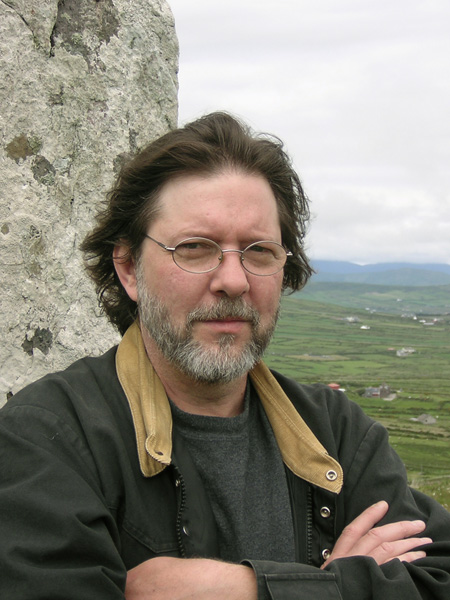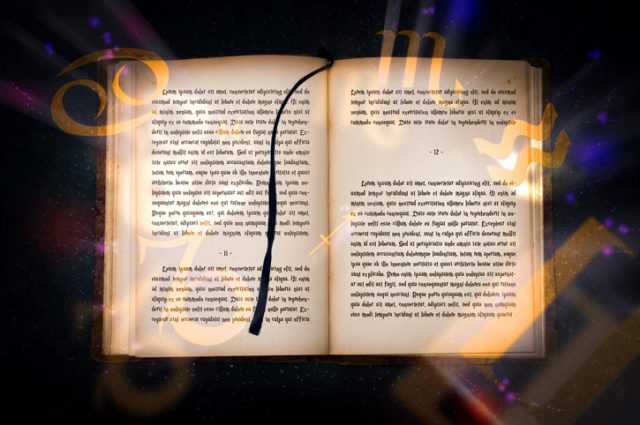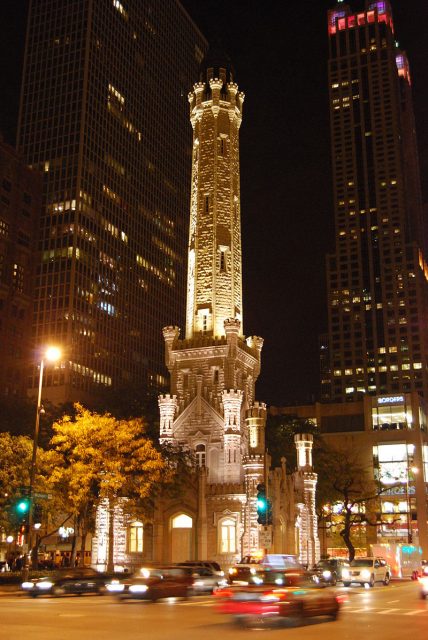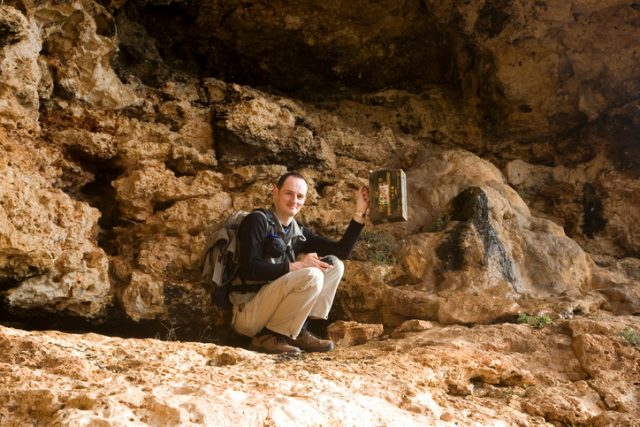Publishing houses and authors are always looking for interesting and exciting ways to launch their newest books, but Byron Preiss, author of The Secret: A Treasure Hunt!, went beyond what was expected.
Preiss published a puzzle book, The Secret, in 1982. It included 12 short verses, together with an equal number of intricate paintings by American artist John Jude Palencar. At the same time, Preiss buried 12 ceramic boxes, or “casques,” in various locations around North America.

The idea was that readers of the book would have to match each painting to a verse and thus find clues to the whereabouts of the boxes. Each box has a ceramic key that would be exchanged for a gem valued at around $1,000.
However, unlike the frenzy caused by the earlier published Masquerade, by Kit Williams, The Secret never attained the same fame. Preiss had expected that the first of the boxes would be found within 30 days of the book’s publication, but it took six months. To this date, only two boxes have been found, despite a cult-like following of dedicated puzzle-solvers.

The first was discovered in 1983 in Chicago, Illinois by three friends, Eric Gasiorowski, David James, and Bob Wrobel. An examination of the clues, now that the box has been found, reveals that they are subtle, yet highly detailed.
For example, the box was found in Illinois, and the shape of the state is featured to the left of the figure’s ear in the illustration, but in reverse. A fairy in the illustration is apparently based on one of the figures in the Fountain of the Great Lakes, at the Art Institute of Chicago, and the tower in the illustration is the same as the famous Chicago Water Tower.

However, while these are the more obvious clues, there are many other hidden signs. Preiss was certainly a stickler for detail.
Brian Zinn found the second, and last box (so far) 11 years later, in the Greek Cultural Garden in Cleveland, Ohio. Like the first box, a map of the state appears in the corresponding illustration, and many other extremely subtle clues are hidden in the accompanying verse.

To this day, possible solutions to the remaining boxes have been posted online, but to no avail. The explanations to many of the potential sites are highly intricate and include many reversals of images, speculation as to what individual words reference, let alone full verses and superimposition of tiny parts of the illustrations over U.S. city maps. This is not a treasure hunt for the faint of heart, and there are several online forums dedicated to finding the remaining boxes.
Mysterious Books That Can’t Be Explained
Milwaukee is one of the cities where a box is believed to be buried, and two dedicated treasure hunters, John Pivonka and Betsy Grueninger, even went to far as to create a replica casque to determine if a metal detector could pick it up. While their experiment was successful – it can – they have yet to find any treasure.

One of the reasons the boxes may not have been found is that same problem that beleaguers archaeologists: time. Between the weather (especially northern American winters), and the simple power of Mother Nature, it is possible that the boxes have deteriorated beyond detection, not to mention that they may have accidentally been dug up during construction, landscaping projects, or by animals.

Added to this is the issue that most parks and sites do not appreciate enthusiastic treasure hunters digging through their flowerbeds or under their memorials. Permission to dig may not always be granted.
Read another story from us: Toxic Author: Rare Books Found to be Laced With Arsenic in a Library
The locations of the remaining 10 boxes may never be known since Byron Preiss died in 2005 as a result of a car accident. What is more, anyone who finds one of the remaining boxes may have to be satisfied with the achievement, and not the jewel. Preiss’s companies, Byron Preiss Visual Publications and iBooks Inc., both filed for bankruptcy in 2006.
Patricia Grimshaw is a self-professed museum nerd, with an equal interest in both medieval and military history. She received a BA (Hons) from Queen’s University in Medieval History, and an MA in War Studies from the Royal Military College of Canada, and completed a Master of Museum Studies at the University of Toronto before beginning her museum career.
